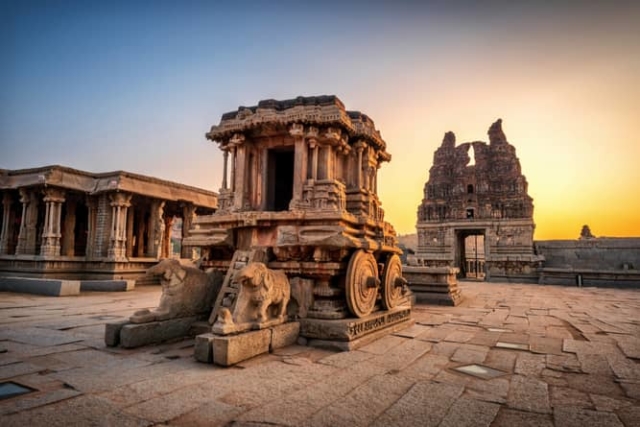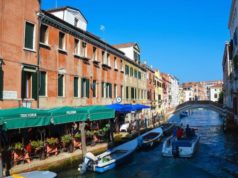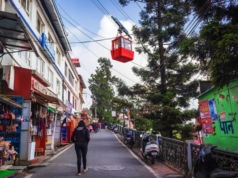India has an extremely diverse and rich history as a country. In fact, it is one of the oldest civilisations in history. India is the second-largest population in the world and is the seventh-largest country by size. In the past, people from different empires, regions and religions have visited and ruled the country at some point or the other. And they have left their influences. It is only natural that India is home to some amazing historical places, with equally interesting backstories. Here are the top 5 historical places that you must visit in India.
- Hampi:
Hampi currently lies in a laid back and relaxed village in the northern part of Karnataka. It oozes history as it is the last capital city of the Vijayanagar Empire, which is one of the greatest Hindu empires in the history of the country.
The city of Hampi was captured by a Muslim invader in 1565 and was left in ruins. The ruins are a major attraction now, as they date back to the 14th century. There are over 500 monuments in Hampi, including Dravidian temples and palaces.
- Taj Mahal:
Taj Mahal needs no introduction. It is one of the seven wonders of the world and one of the most popular monuments in the country. Shah Jahan, the Mughal emperor built the Taj Mahal as a mausoleum for Mumtaz Mahal, his third wife, when she passed away in 1631. It took 16 years to complete the construction of the Taj Mahal, from 1632 to 1648.
It is entirely made out of white marbles, but you can notice it alters its colours due to changing light during the day.
- Gateway of India:
The Gateway of India is one of Mumbai’s most landmark monuments. It sits on the harbour of Colaba and oversees the Arabian sea. Though it was built to honour the visit of King Geroge V and Queen Mary in 1911, it was only completed by 1924.
When India obtained its independence, the last British troops left the country via the Gateway of India.
- Red Fort:
The Red Fort is in the capital city of the country and though majorly in ruins, has a rich history. Like Shah Jahan, the Mughal emperor shifted his capital to Delhi from Agra in 1638 he built the fort. Most of the development took place around Chandni chowk, the market adjoining the Red Fort.
The Mughals held on to the fort for almost 200 years before the British took over in 1857. On 15th August 1947, as India obtained its Independence, Prime Minister Jawaharlal Nehru hoisted the national flag from the Red Fort.
- Khajuraho Temples:
The Khajuraho temples are a complex of 20 temples dedicated to sexuality and sex. The rules of the Chandela dynasty of the Rajputs built the temples between 950 and 1050. The temples were hidden by their dense surrounding forests for years and were only discovered in the 19th century by the British.
The above places provide a lot of historical diversity and stories about India.







































